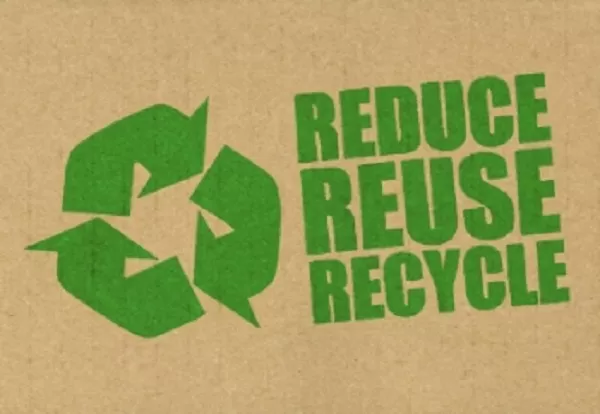It’s a pretty common mistake. When you’re under schedule and budget pressure, it seems like starting from a page that already has some words on it should be easier. It seems like such a waste to spend all that time, effort, and money on preparing a proposal for only one use, so it must save money to use it as a starting point for the next proposal. Unfortunately reusing your proposals will end up costing you far more than it might save you. The economics of recycling proposal narratives are not what they seem. And you ignore them at your own peril.
The best approach to take for proposal writing is making it a return on investment (ROI) decision. If you focus on lowering costs you are probably not making the best investment decisions. Even though there is a cost savings by recycling proposal content, it will be less than the negative impact on your win rate multiplied by the anticipated revenue. It’s just the way the math works out, and I encourage you to explore the numbers.
Unless you are dealing with a low-margin commodity or an offering priced too low to cover the cost of a customized proposal, I find the numbers almost always favor maximizing customization around your bid strategies. Especially when you run the numbers across multiple bids.
Let's look at some numbers
If your total proposal cost is 1% of anticipated award of the opportunity, and you can lower the cost of the proposal by 10% by recycling previous proposals, the total savings is 0.1% of anticipated award. I’d argue that you won’t see even a 10% cost savings because reuse requires far more editing than people realize. But let’s pretend that 10% savings is real.
Now, how much will proposal reuse lower your win rate? And what will that cost you? All it needs to do is lower your win rate by 0.1% to eliminate the savings.
Consider two proposal approaches:
- Lower costs by maximizing reuse
- Skip any theoretical savings from reuse and apply it to maximizing the customization around your bid strategies
If you take the second approach and it only improves your win rate by 1%, it will produce 10 times the ROI that reusing your proposal content might. If it improves your win rate by 10%, you get 100 times the “savings” from recycling your proposals.
My goal in business is not to achieve a low cost and a low rate of return. My goal is a high rate of return and the costs required to bring me that return are welcome. If your goal is also to maximize ROI, but you aren't structured to prepare the proposals required to achieve it, you might want to rethink your business model.
You should ensure that the investment you make in customizing your proposals around your bid strategies is efficient and is not made in a way that is frivolous. But efficient means achieving the win rate needed to produce the desired ROI. If you customize the proposal around poorly thought-out undifferentiated bid strategies, it will not increase your win rate.
What should you do about it?
If you are focused on organizational development instead of a single bid, then you can look at the increase in win rate as compounded interest. You can also look at proposal reuse as compounded negative interest. This means you want to train your organization to avoid reuse and invest in learning how to write proposals that maximize win rate. You want to train people to make sound decisions based on understanding the economics of their win rate, and not to take what looks like the easy path if it lowers your future ROI.
The value in your previous proposals is in the ideas and approaches, but not in the narrative. I’d go so far as to consider scanning your proposals and storing them as images so people can’t recycle the narratives. Let them see the steps in the approaches, but force them to put those steps into the context required to win the current bid. Or extract those approaches and turn them into proposal recipes. Just don't copy the narrative that was optimized to win in a different context.
Proposal reuse is a trap that will prevent you from maximizing your ROI
If you don’t start your proposals knowing what bid strategies to customize the proposal around, you can’t achieve your ROI goals. The only way reuse increases ROI is if your profit margin per sale won't cover the cost of doing a proposal and you have to cover that cost through volume.
If you care about ROI and don't sell a commodity, you can’t pursue bids opportunistically. You need an information advantage to have something to customize your proposal with. Your approach to prospecting should not be about finding leads, but should only look for leads where you can develop an information advantage. Focusing on ROI forces you to create an organization that bids to win, instead of one that bids a lot, and uses easy to submit low probability of winning recycled narratives to do it.



Let's discuss it!
You can post now and register later. If you have an account, sign in now to post with your account.
Note: Your post will require moderator approval before it will be visible.